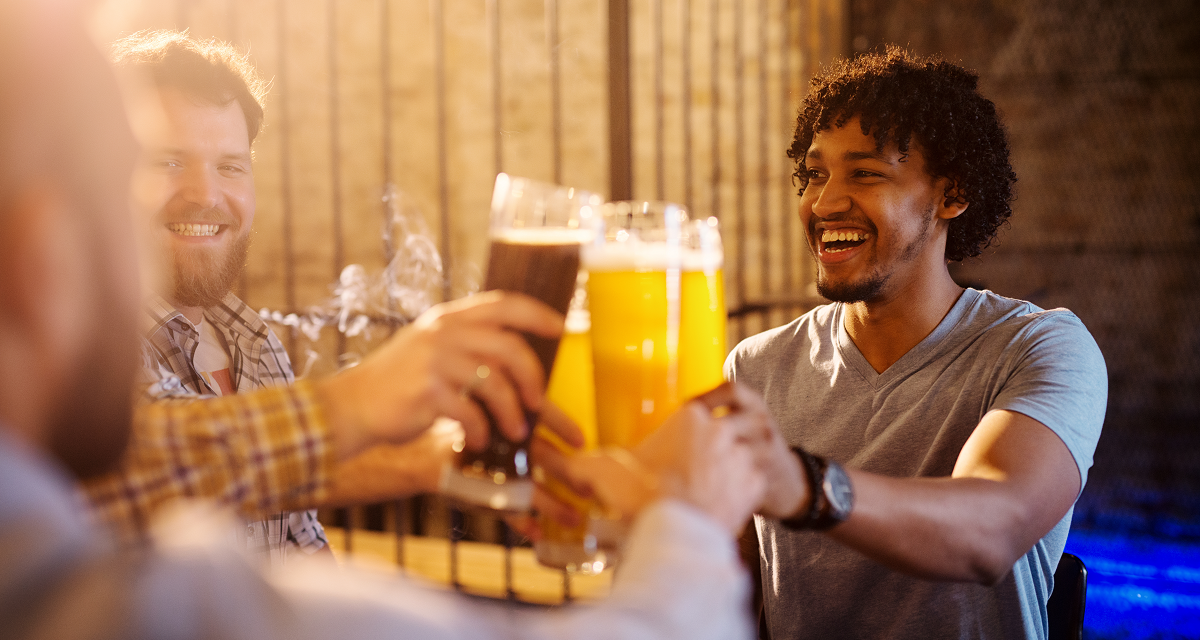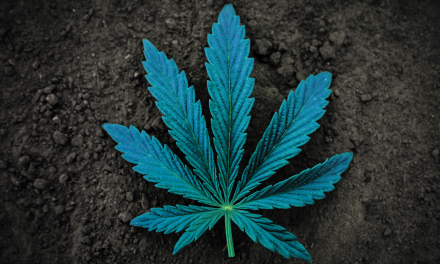The fight against alcohol abuse is one of America’s longest sagas, from the settlers who only landed at Plymouth Rock because their ship was running low on beer to Prohibition and the modern day. When times are tough, Americans turn to alcohol, and alcohol abuse is never far behind. One of many statistics to emerge from the early months of the coronavirus pandemic noted that year-over-year alcohol sales in April 2020 were up by 234%, and more than \60% of people said their drinking had increased since the start of the pandemic. Of Americans who have ever had a drink, 6.7% will develop Alcohol Use Disorder (AUD).
Although dedicated resources exist to help people struggling with AUD, such as AA programs, addiction is a daunting, complex foe. Even after decades of staying sober, addiction cannot be cured, and relapse can undo years of hard work in a day. Every day, 261 Americans die because of excessive alcohol use, either from chronic conditions taking their toll or drinking-impaired accidents. Even when only considering chronic conditions, the recent sharp uptick in consumption will have heavy lethal consequences; the COVID-19 drinking spike is projected to cause 27,700 additional deaths from alcohol-related liver damage by the year 2040.
However, though AUD is a prime example of the damage alcohol can inflict on anyone’s life, other harmful drinking phenomena persist out of the spotlight. A person does not have to be addicted to alcohol to abuse it. If getting through day-to-day life without alcohol is challenging, that alone is cause for concern. Increasingly, American society has normalized, and even encouraged, regular consumption of alcohol, not merely as optional aspects of various stages of life, but as integral ones. From college to motherhood to the workplace, drinking has evolved into an expected rite of passage.
College Drinking Culture
Not every college has the same level of focus on alcohol in social settings. Colleges with Greek life are far more likely to have students engage in regular heavy drinking — but the fact remains that college itself is a risk factor, as students in college drink more than their peers of the same age group.
Entering college, freshmen are faced with overwhelming challenges. Not only must they break into and establish themselves in a brand-new social scene, they must do so alone, while juggling college-level classwork for the first time and trying to maintain a healthy personal life in the midst of it all. Making friends and creating a support system for oneself is a critical factor in avoiding depression, and loneliness remains a top concern for college students. Because drinking is so heavily integrated into college social life, alcohol can be extraordinarily difficult to avoid on the path to making friends. It follows that the first six weeks of freshman year is the period of highest risk for college students engaging in risky drinking, as alcohol becomes a tool not only to make friends, but also to cope with stress.
Drinking is such a romanticized, normalized part of college life that even as habits become more dangerous, attitudes toward drinking become more dismissive. More students are drinking hard liquor rather than beer, drinking to get drunk rather than to socialize. Alongside this change in drink comes an emerging trend called high-intensity drinking, wherein a person consumes alcohol at twice or higher the threshold of binge drinking.
Yet, despite having so much cause for concern, students continually perceive such high-risk behaviors as a normal part of college life. “It’s not alcoholism until you graduate,” one saying goes. For those who do choose to avoid drinking, finding ways to break into social life can be daunting, especially if it would mean spending less time with friends whose primary means of having fun is partying — and the peer pressure, whether overt or subtle, is a force to be reckoned with. The fear of losing friends is a powerful motivator when the consequences may be having to navigate the myriad challenges of college alone.
“Mommy Wine Culture”
A relatively recent phenomenon that emerged over the past two decades, largely fueled by groups for moms on social media and marketing strategies aimed at mothers, “mommy wine culture” is another mechanism by which American culture has normalized unhealthy relationships with alcohol. Cute and sassy slogans on drink containers, such as “Mommy Juice,” “Mommy’s Sippy Cup,” or “My Kids Think This Is Coffee” all present the phenomenon of intoxicated motherhood with levity designed to dissuade critique — and there are many valid critiques to be made.
On the surface, mommy wine culture brands itself as a way for moms to reclaim a sense of self and rebelliousness in the face of societal expectations around motherhood. Between moms, it often functions as an acknowledgement that – and code for – “motherhood is hard.” But in reality, mommy wine culture is a blatant use of alcohol as a coping mechanism, which is always a recipe for alcohol dependency. Mommy wine culture is a Band-Aid on a much larger issue: Mothers lack the support they need to manage stress in healthy ways, which increased as COVID-19 kept kids in the house and dampened social life, and moms turned to alcohol to tide them over. What may start as one drink in the evenings can quickly spiral into heavy drinking habits, trapping vulnerable moms in a cycle of needing ever-more alcohol to feel relaxed.
While alcohol dependency is a clear detriment to the drinker’s health, mommy wine culture can be damaging to members of mothers’ nuclear families as well. Children are often less oblivious to certain patterns of behavior than parents may assume. Though mothers may not intend for their children to take such negative signs from their drinking habits, the message remains: The kids are such an ordeal to care for that moms need to drink to escape them. Additionally, watching parents use alcohol to cope with stress encourages kids to model that behavior.
Mommy wine culture continues to grow with every passing year, and with it, the message that drinking too much to cope with the stress of parenthood is normal, rebellious, or even cute. As it picks up steam, more moms get caught up in glorified alcohol dependency instead of seeking healthier means of taking care of themselves.
Workplace Drinking Culture
For some, such as people who work in hospitals and health care clinics, the concept of drinking at work can seem not only highly unprofessional, but gravely irresponsible. For others, however, drinking is more than a normal part of working — it’s expected. Hosting meetings at bars and happy hours in the workplace is a regular part of some companies’ work flow, and drinking is often expected of attendees.
The social pressure to drink at work is as dangerous as it is unfair. While heavily encouraging regular workplace drinking may seem harmless because the alcohol is consumed socially and not as a form of stress relief, frequent exposure to substances like alcohol is not made healthier by its motivation. Heavy drinking is far more common among employees of companies with a casual drinking culture than other employees.
Beyond the physical ramifications of imbibing large quantities of alcohol, the social stakes of workplace drinking cultures can be forebodingly high, especially for individuals who choose not to drink. Avoiding company events centered around alcohol is a risky decision, as it may result in social isolation or jeopardizing working relationships. Worse still, for those who are financially vulnerable, choosing not to drink may cost them a job they cannot afford to lose. The unspoken and often confusing protocol around workplace drinking creates enormous social pressure to conform and consume alcohol, whether or not employees feel comfortable with such substance use.
Consequences for Americans
So long as it avoids crossing into the boundaries of addiction, heavy drinking is increasingly normalized, and therefore accepted as a non-issue, for Americans at many stages of life. As the coronavirus pandemic wears on, this established national attitude about alcohol and its usefulness as a coping mechanism may mean many people do not recognize early warning signs of unhealthy drinking habits or seek help to get their alcohol consumption under control until it has already done lasting damage.
Americans who have chosen not to drink, but still wish to engage with social life in their area that typically includes alcohol, may benefit from looking into local groups dedicated to hosting sober spaces at events with alcohol. Links to information on sober safe spaces and other resources about alcohol use are listed below.
https://www.shatterproof.org/about-us/our-story
https://www.soberafe.com/about








